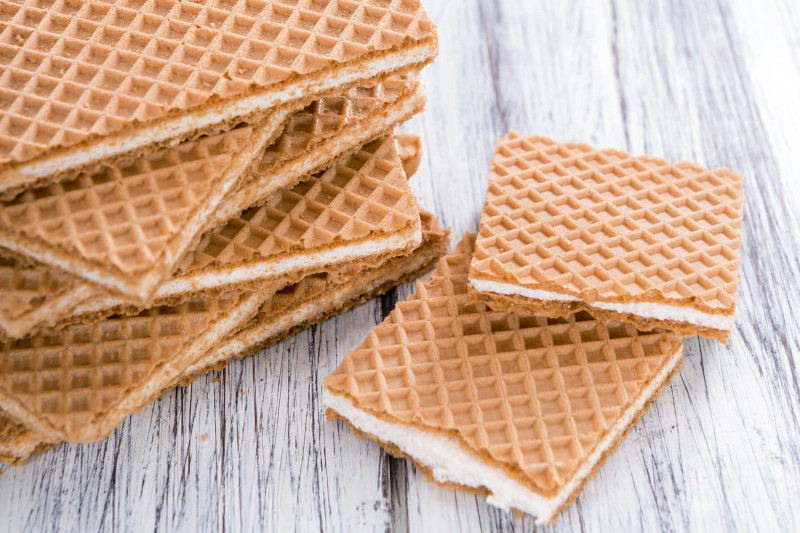
Enzyme designer SternEnzym developed a new compound, Sternzym GA 31077 GF, to support the production of gluten-free wafers. This improver makes gluten-free wafers as stable and crispy as standard wafers.
Gluten contributes to achieving stable, thin baked goods. The flour used for high-quality wafer sheets typically has a protein content of 9-11%. If it’s lower than that, the wafer becomes too soft and fragile. Values any higher than that would make the wafer become too hard. These fluctuations can in principle be compensated for with enzymes, SternEnzym explained. The complete absence of gluten presents a greater challenge when making wafer sheets, because gluten is an important ingredient that gives dough more elasticity and provides a better structure. Gluten also improves mixing tolerance and gas retention ability.
“With the help of this enzyme compound, high-quality wafers can be made from gluten-free flour. The consumer can’t tell any difference,” said Angelika Drakulic, application technologist at SternEnzym. The enzymatic solution Sternzym GA 31077 GF ensures optimum dough viscosity and adaptable wafer sheet color. It can be added to various gluten-free flours, and is a mix of standardized glucoamylase enzyme from fungus with a thickener. Glucoamylase turns starch into glucose units, supporting fermentation and giving an even browning. The thickener contributes to the viscoelastic properties of the dough.
Consumer interest in gluten-free foods continues to rise, a growing trend over the past years. People suffering from celiac disease or gluten intolerance as well as consumers who choose gluten-free foodstuffs for reasons other than medical are driving the upwards trend. “Adding gluten-free baked goods to a product range is an ideal way for manufacturers to expand their target groups and meet a growing demand,” added Dr. Karin Abraham, head of Research and Development at SternEnzym.


